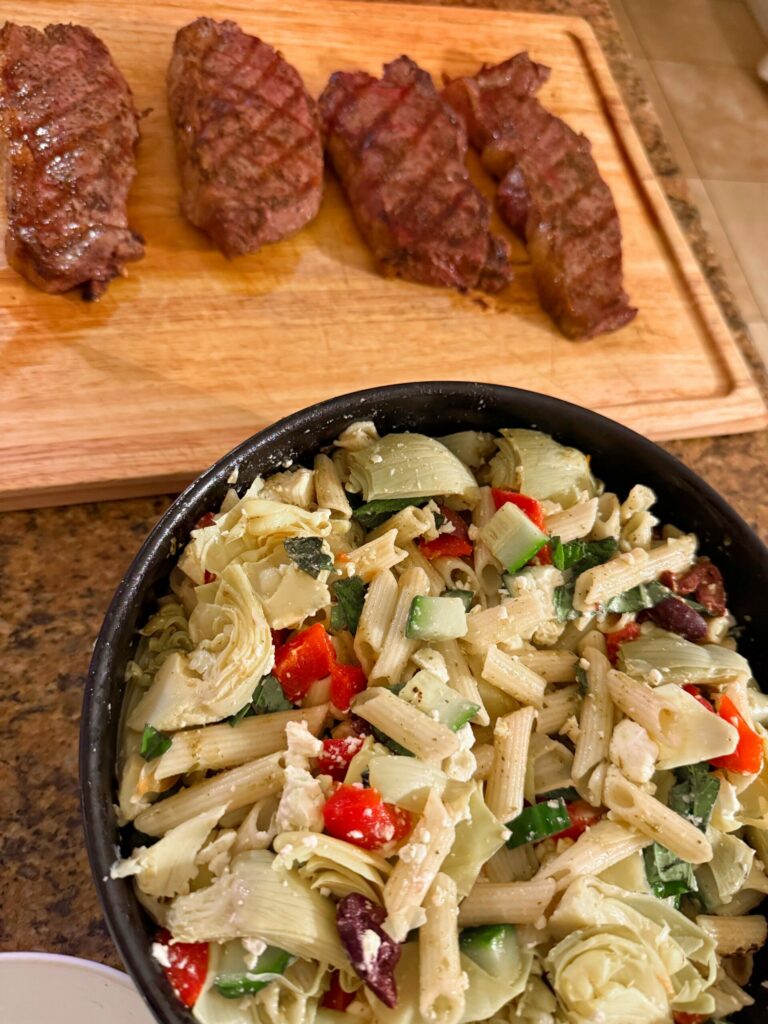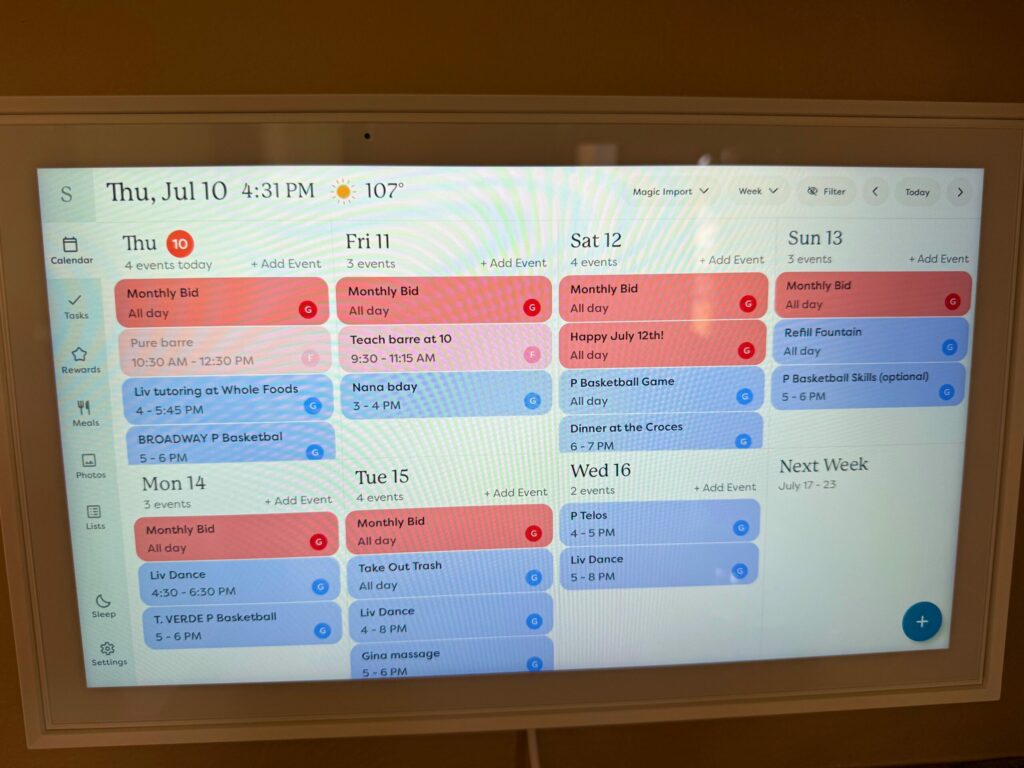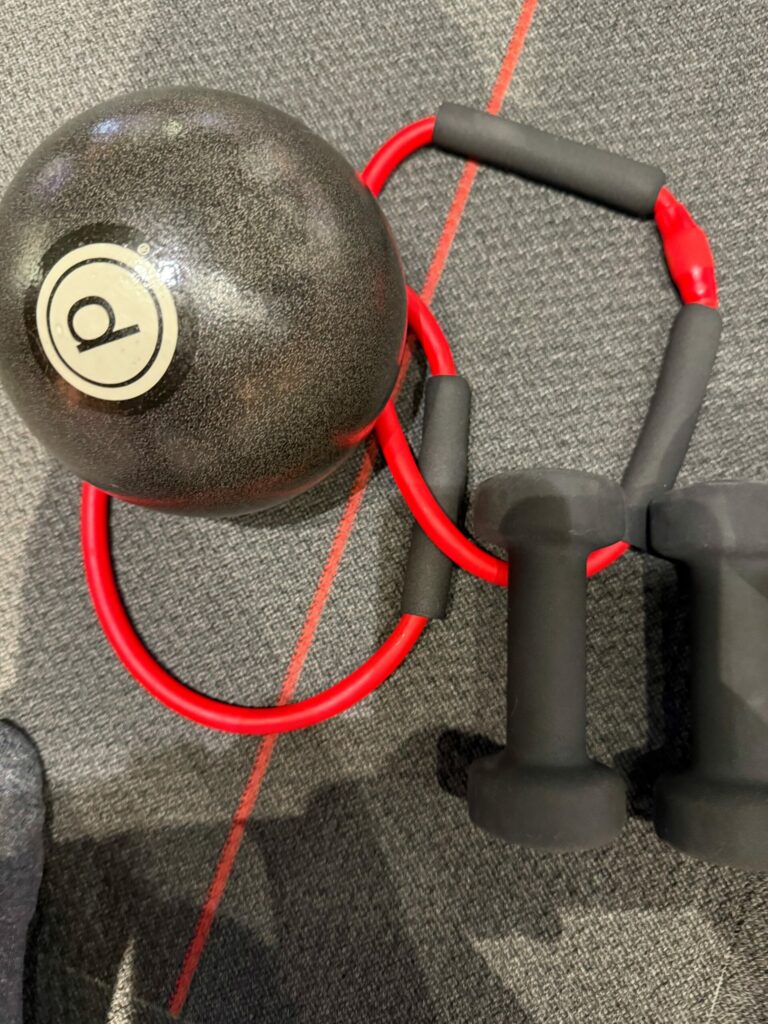Walking is one of those things that most of us do every single day, but don’t think much about. It’s not just a way to get us from point A to point B, but it can also be a powerful health tool. More recently, I’ve been intentionally incorporating more walks into my day, and here’s why.
The (Many) Benefits of Walking
Walking isn’t just a casual form of movement, but a research-backed, restorative practice that can have a profound impact on nearly every area of our health. That is, if we choose to make it a daily habit.
And I say “choose” because walking is one of those things that’s so simple, we often dismiss its potential benefits. It doesn’t come with fancy gear, flashy gym memberships, or complex routines. Yet it’s often the simple things that can be the most impactful.
I recently shared a post about wearing a weighted vest while walking, a habit I’ve adopted more recently. It got a lot of questions and responses, which made me realize this topic deserves a deeper dive. In this article, we’ll cover what the science has to say about walking benefits and how to practically make it a regular part of your routine.
We’re Meant to Move
As humans, we’re biologically wired to walk. For most of our history, walking wasn’t an exercise, but how we survived. From foraging to hunting to living our daily lives, it’s estimated that our ancestors walked anywhere from five to ten miles each day.
Today? Most of us are lucky if we get a mile in between our cars, screens, and schedules.
This disconnect between where we came from and how we live now contributes to what some researchers call “Nature Deficit Disorder.” And while we can’t all go live barefoot in a forest, we can bring elements of natural movement back into our lives. A simple daily walk is a great way to start doing that.
The Science Backed Benefits of Walking
There are so many areas of our health that are positively impacted by walking. Here are some of the most compelling reasons to lace up your shoes. Better yet, go for a walk barefoot on the grass!
Boost Mental Health
Research shows walking helps reduce anxiety and depression symptoms. That might not be surprising if you’ve ever taken a walk to clear your head or felt better after a stressful day just by getting outside.
But it’s not just anecdotal. Studies show walking can increase levels of serotonin and dopamine, the “feel good” neurotransmitters we’re often told we need more of. One study even showed that 30 minutes of walking led to significant changes in brain activity associated with relaxation and positive mood. And when over 15% of women in the US take a prescription antidepressant (twice as many as men), that’s a big deal!
Less than 10% of Americans are considered metabolically healthy. That means over 90% of us could benefit from blood sugar support. And here’s the great news: walking is one of the most accessible tools we have.
A study in Diabetes Care found that just a 10-minute walk after meals can reduce blood sugar spikes by up to 12%. I often take short post-meal walks to help my body process food more efficiently. If I’m not in a place where I can really do that, then even a few dozen air squats will do the trick. I’ve seen the difference firsthand in my blood sugar readings while wearing a continuous glucose monitor.
It’s Great for Your Heart
Want a healthier heart? Get walking! A meta-analysis found that walking for just 30 minutes a day can reduce the risk of heart disease by 19%.
Unlike high-intensity workouts, walking is gentle on the body. That means you can do it daily without spiking cortisol or overly stressing your system. When I was healing from Hashimoto’s and intense nervous system dysregulation, walking (not running or weightlifting) was my movement of choice. It was restorative instead of depleting.
Regulate the Nervous System
One of my favorite benefits of walking is how it supports nervous system health. Especially when done in nature, walking stimulates the vagus nerve and helps shift the body into a parasympathetic (rest-and-digest) state.
You may have seen those powerful before-and-after brain scans showing how even 30 minutes of walking can reduce stress activity in the brain. Nature walks and forest bathing can also reduce cortisol levels and promote feelings of calm.
Enhance Lymphatic Flow and Joint Health
Walking is a full-body activity that helps boost our lymphatic movement and circulation. Since the lymphatic system doesn’t have a pump like the heart, it relies on muscle movement. Walking is a perfect way to keep things flowing. This can support immune function, detoxification, and even reduce puffiness and inflammation.
Walking also supports joint health through regular, low-impact movement. Unlike more intense workouts, walking can actually lubricate and hydrate joints. As my friend Hunter Cook teaches with CARs (controlled articular rotations), consistent joint movement is key to long-term mobility.
Do You Really Need 10,000 Steps?
You’ve probably heard the “10,000 steps a day” mantra. But did you know that number actually came from a Japanese marketing campaign in the 1960s, not from science?
The truth is, studies show that benefits really start around 7,000 to 8,000 steps per day. Even that might sound like a lot, but it breaks down to about 30 to 60 minutes of walking, spread throughout the day. And every step counts.
The goal isn’t perfection, but consistency. Whether you take one long morning walk or three short ones after meals, the benefits add up.
How to Upgrade Your Walks
Once walking becomes a regular habit, you can layer in some optional (and fun) upgrades to boost the benefits.
1. Add a Weighted Vest
Wearing a weighted vest can increase calorie burn, core engagement, and bone density. It’s important to start light, 5% of your body weight or less, and build up slowly if desired. I’ve worn vests from 30 to 60 pounds, depending on the terrain. On soft ground like sand, I stick to lighter weights or skip it altogether.
A quick note here: Someone once asked if wearing a weighted vest is like being overweight. The answer is… kind of, but with important differences. Carrying extra weight does stress the bones (which can strengthen them), but chronic inflammation or poor metabolic health can negate some of those benefits. With a vest, you get the bone benefit without the systemic stress.
I love barefoot walking when possible, on sand, dirt trails, or grass. It strengthens the feet, improves balance, and may help reduce inflammation through grounding or earthing (contact with the Earth’s natural electric charge). My oldest son regularly takes barefoot runs on concrete and has slowly worked his way up to having the proper form to do that safely. Myself? I’m not a fan of how the concrete feels barefoot, and I definitely wouldn’t recommend starting there!
Not ready for full barefoot walks? There are great minimalist shoe options like Earth Runners and Groundies that offer flexibility and grounding without sacrificing protection.
3. Try Incline or Hill Walks
Want to increase the intensity without adding weight? Find a hill or set your treadmill to an incline. This targets the glutes and hamstrings more, elevates heart rate, and boosts the metabolic impact. Overall, it’s still low impact.
The Best Times to Walk (And Why)
If you’re wondering when to walk, here are a few times that offer extra benefits:
- Morning: Walking in early daylight helps regulate your circadian rhythm, supports hormone balance, and boosts mood. Try combining it with a morning gratitude or meditation practice to habit stack even more benefits.
- After Meals: A short walk after eating (even just 10 minutes) supports digestion and stabilizes blood sugar. This is one of my favorite health habits.
- Evening: Gentle movement in the evening helps wind down the nervous system and supports better sleep. Bonus if you walk at sunset and get some free red light!
Make Walking a Daily Habit
The biggest takeaway here isn’t about how long or intense our walks are. It’s all about getting started and being consistent. Here are a few ways to make walking an easy, enjoyable habit:
- Track It: I use an Oura ring, but you don’t need anything fancy. A simple step counter or app can help you stay mindful.
- Make It Enjoyable: Listen to audiobooks or podcasts, or just enjoy the quiet. Whatever helps you look forward to it. Sometimes I’ll reserve a favorite audiobook to listen to only while I’m on a walk.
- Walk with Others: Social walks are one of my favorite ways to connect. Meet up with a friend and walk instead of sitting at a coffee shop.
- Habit Stack: Pair it with an existing habit, like your morning tea, your lunch break, or your evening wind-down.
- Start Small: Even five to ten minutes a day is enough to get started. It’s about building the habit, not winning a marathon.
Final Thoughts on the Benefits of Walking
Walking might be one of the most common human activities, but that doesn’t mean it’s ordinary. In my humble opinion, walking is one of the most overlooked tools we have for healing, regulating, and thriving. It supports everything from our mental health and metabolism to our bone strength, brain health, and longevity.
If you’re simply looking to start getting healthier or you’ve been on this path for a while, I’d encourage you to try adding walking to your routine. See how it affects your energy, your mood, and your stress levels. Over time, you may just notice that you crave walking more, especially when it’s out in nature!
Do you make walking a habit? Have you ever tried upgrading your walk? Leave a comment and let us know!
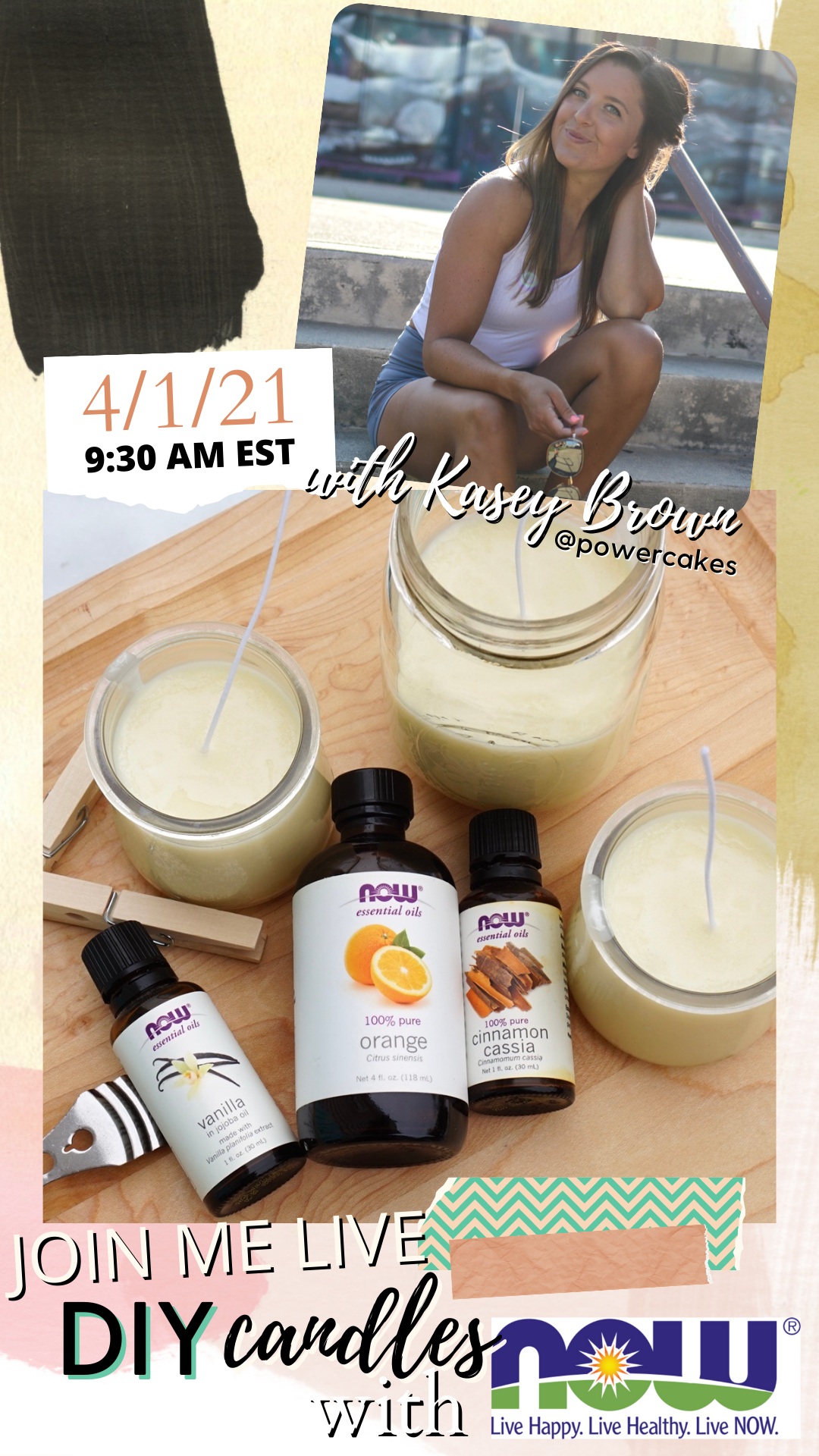
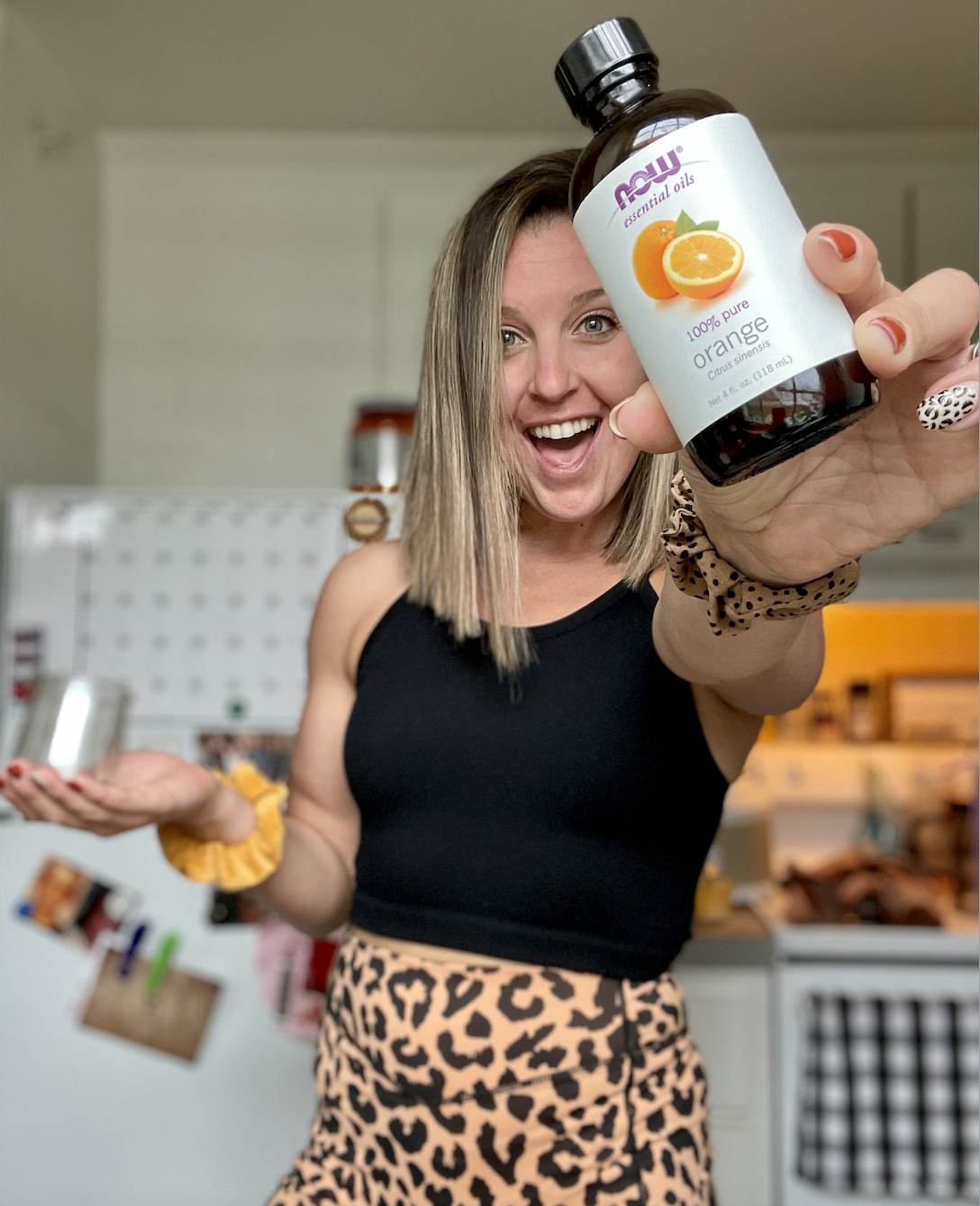
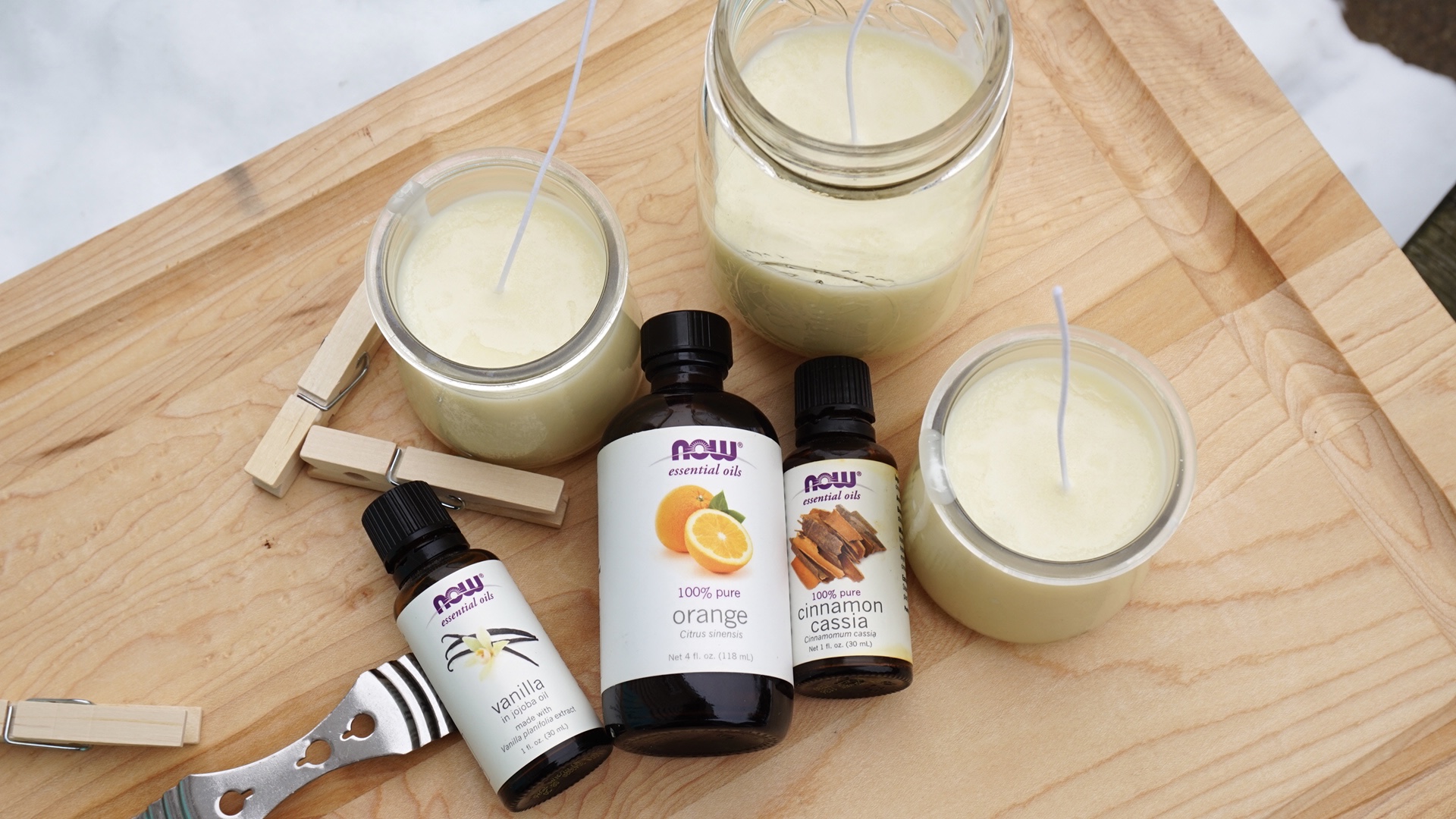


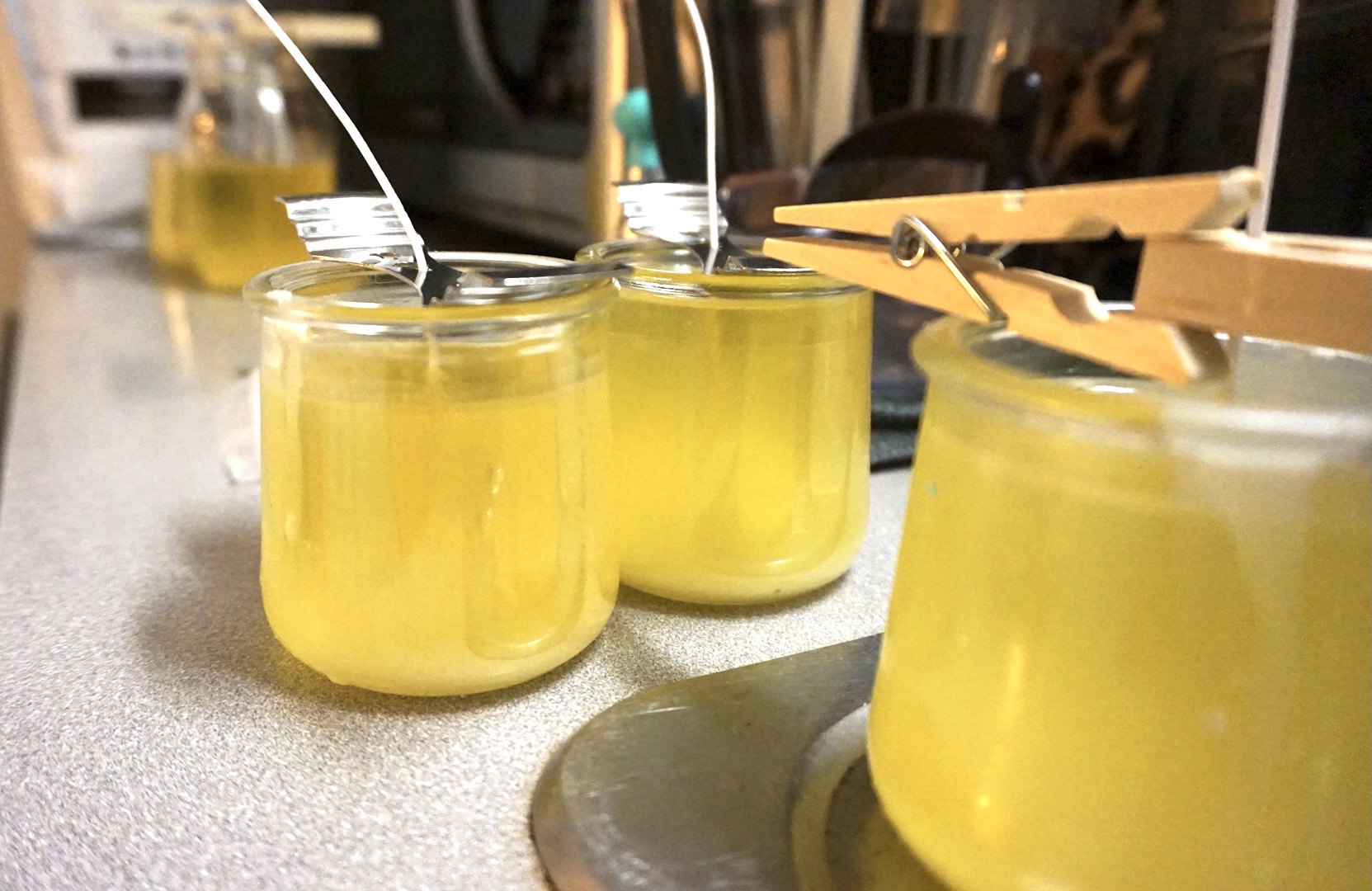
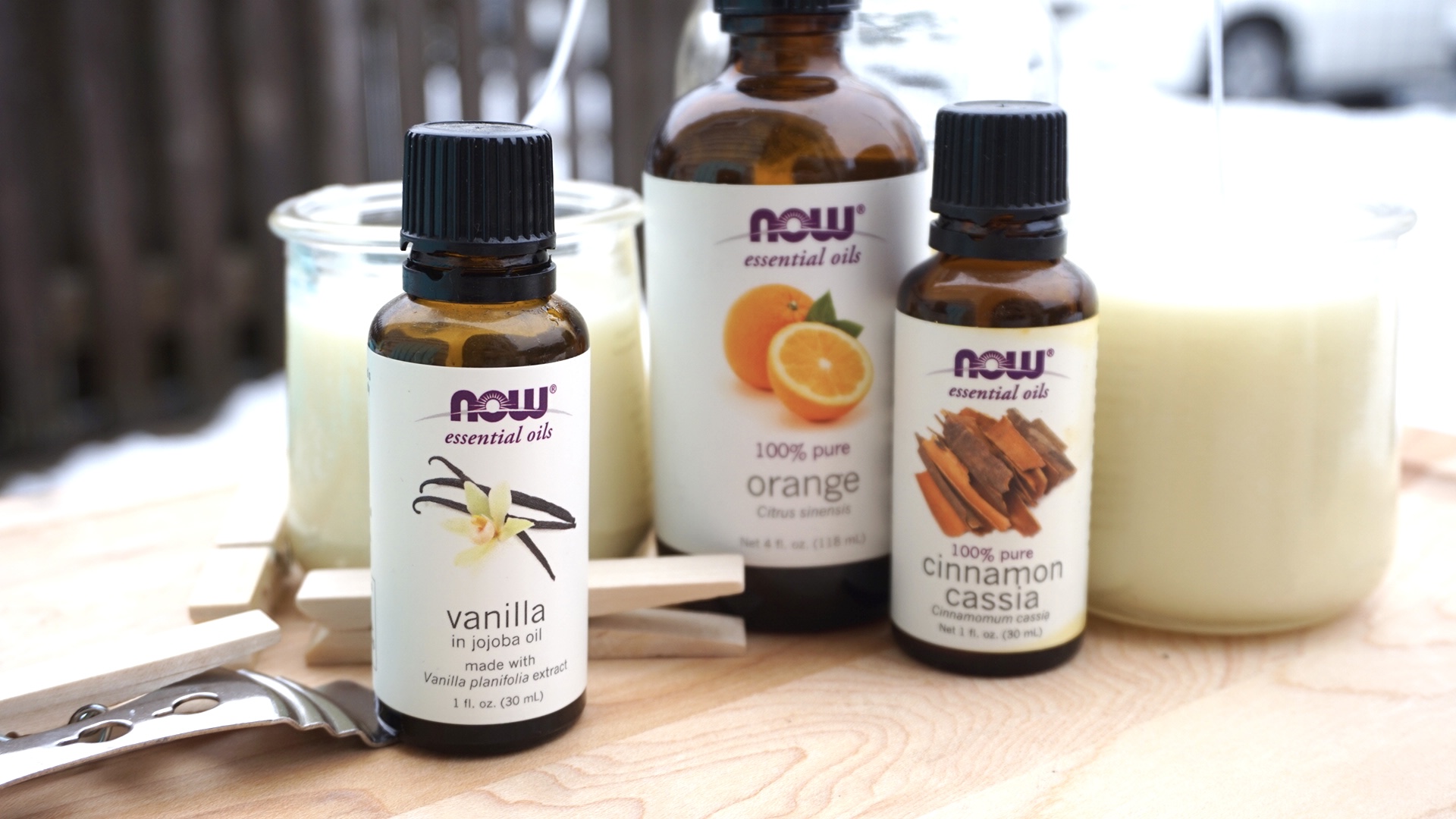











:no_upscale()/cdn.vox-cdn.com/uploads/chorus_asset/file/26054888/2216017046.jpg)


